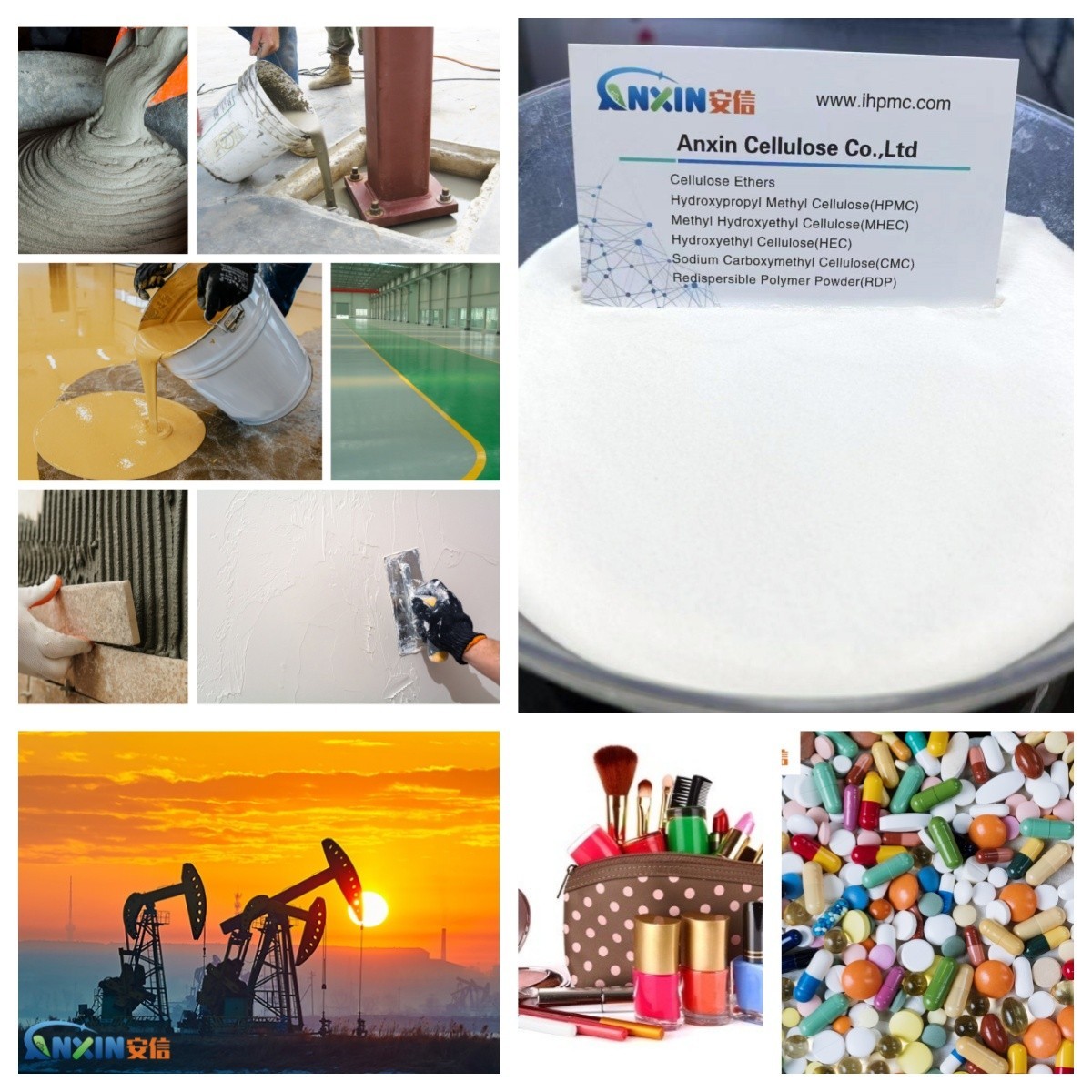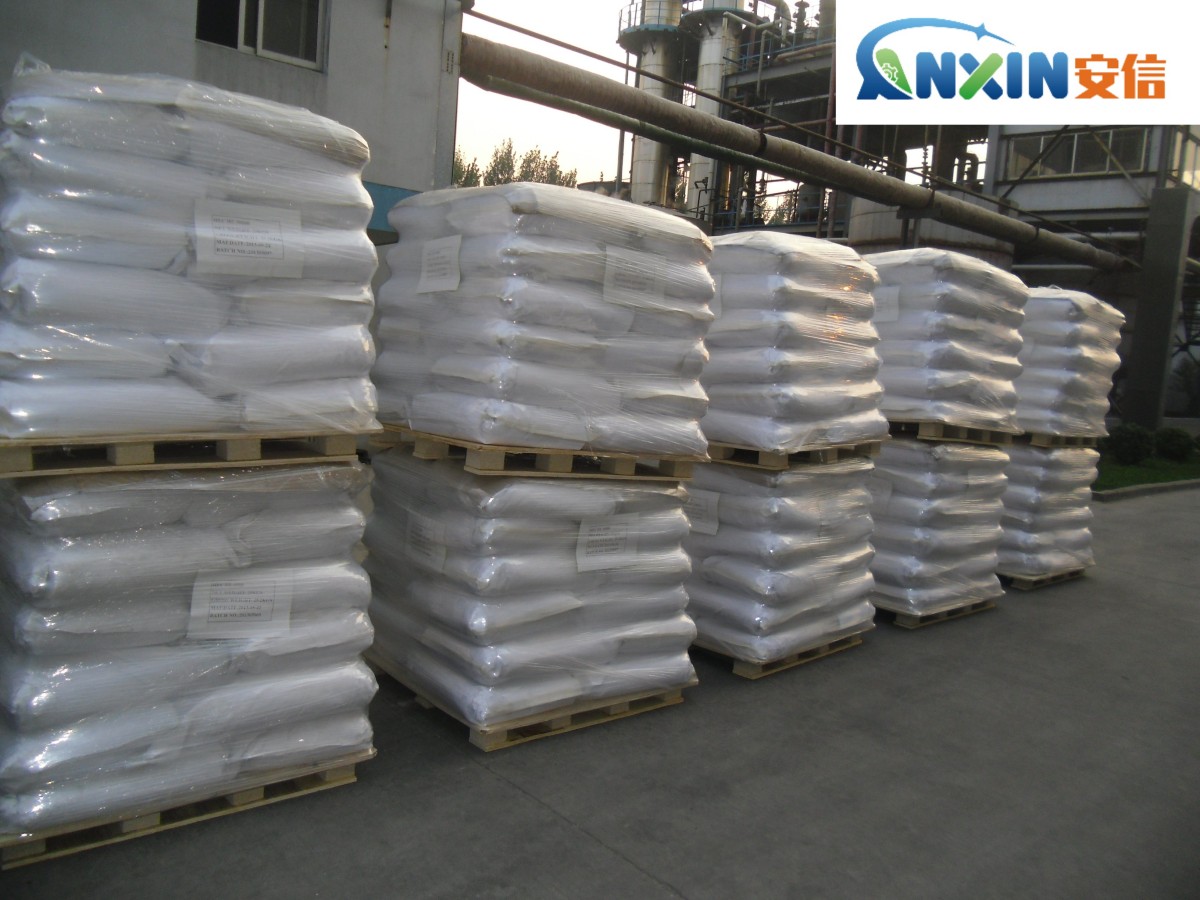Hydroxyethyl Cellulose (HEC) is a water-soluble nonionic cellulose ether, which is widely used in coatings, building materials, medicine, daily chemicals and other fields. However, HEC has high water solubility and weak hydrophobicity, which may lead to performance limitations in some application scenarios. Therefore, hydrophobically modified hydroxyethyl cellulose (HMHEC) came into being to improve its rheological properties, thickening ability, emulsification stability and water resistance.
1. The significance of hydrophobic modification of hydroxyethyl cellulose
Improving thickening properties and rheological properties
Hydrophobic modification can significantly improve the thickening ability of HEC, especially at low shear rates. It shows a higher viscosity, which helps to improve the thixotropy and pseudoplasticity of the system. This property is particularly important in the fields of coatings, oilfield drilling fluids, personal care products, etc., and can enhance the stability and use effect of the product.
Improve emulsion stability
Since the modified HEC can form an associative structure in aqueous solution, it significantly improves the stability of the emulsion, can reduce oil-water separation, and improve the emulsification effect. Therefore, it has great application value in the fields of emulsion coatings, skin care products and food emulsifiers.
Enhance water resistance and film-forming properties
Traditional HEC is highly hydrophilic and easily soluble in high humidity environments or water, which affects the water resistance of the material. Through hydrophobic modification, its application in coatings, adhesives, papermaking and other fields can be enhanced, and its water resistance and film-forming properties can be improved.
Improve shear thinning properties
Hydrophobic-modified HEC can reduce viscosity under high shear conditions, while maintaining a high consistency at low shear rates, thereby improving construction performance and reducing energy consumption. It has important value in industries such as oilfield mining and architectural coatings.
2. Hydrophobic modification of hydroxyethyl cellulose
HEC hydrophobic modification is usually achieved by introducing hydrophobic groups to adjust its solubility and thickening properties through chemical grafting or physical modification. Common hydrophobic modification methods are as follows:
Hydrophobic group grafting
Introducing alkyl (such as hexadecyl), aryl (such as phenyl), siloxane or fluorinated groups on the HEC molecule through chemical reaction to improve its hydrophobicity. For example:
Using esterification or etherification reaction to graft long-chain alkyl, such as hexadecyl or octyl, to form a hydrophobic associating structure.
Introducing silicone groups through siloxane modification to improve its water resistance and lubricity.
Using fluorination modification to improve weather resistance and hydrophobicity, making it suitable for high-end coatings or special environmental applications.
Copolymerization or cross-linking modification
By introducing comonomers (such as acrylates) or cross-linking agents (such as epoxy resins) to form a cross-linking network, the water resistance and thickening ability of HEC are improved. For example, using hydrophobically modified HEC in polymer emulsions can enhance the stability and thickening effect of the emulsion.
Physical modification
Using surface adsorption or coating technology, hydrophobic molecules are coated on the surface of HEC to form a certain hydrophobicity. This method is relatively mild and suitable for applications with high requirements for chemical stability, such as food and medicine.
Hydrophobic association modification
By introducing a small amount of hydrophobic groups on the HEC molecule, it forms an associative aggregate in the aqueous solution, thereby improving the thickening ability. This method is widely used in the development of high-performance thickeners and is suitable for coatings, oilfield chemicals and other fields.
Hydrophobic modification of hydroxyethyl cellulose is an important means to improve its application performance, which can enhance its thickening ability, emulsification stability, water resistance and rheological properties. Common modification methods include hydrophobic group grafting, copolymerization or cross-linking modification, physical modification and hydrophobic association modification. Reasonable selection of modification methods can optimize the performance of HEC according to different application requirements, so as to play a greater role in many fields such as architectural coatings, oilfield chemicals, personal care, and medicine.
Post time: Mar-25-2025


